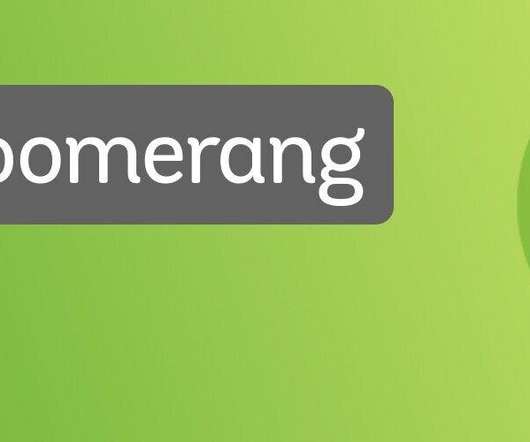Sustaining Innovation Part 3: Interview With Sarah Schultz of the Walker Art Center
Museum 2.0
JANUARY 24, 2011
This post features an interview with Sarah Schultz, a museum staffer at one of the institutions Light profiled in the book (the Walker Art Center). In my experience, innovation is about flexibility, capacity, and collaborative relationships. In the 1990s, we decided we wanted to engage a teen audience.














Let's personalize your content